Written by: Dan Rafter
You’ve worked hard to build your own business, and you love the perk of being your own boss. But going solo does come with one big challenge: It can be tough to save enough for retirement.
When you work for a company, you often have access to a 401(k) plan in which you can automatically deposit money for your retirement. It’s not as simple when you’re self-employed. When you’re working for yourself, you need to develop a retirement plan and stick to it. Otherwise, you may face a long, stressful retirement, worried you won’t have enough money to pay for the lifestyle you want.
Here are some tips for building a retirement nest egg even when you’re self-employed.
Budget with Goals in Mind
Kevin Gallegos, senior vice president of client enrollment in the Phoenix office of Freedom Debt Relief, said the biggest challenge self-employed people face when saving for retirement is that their monthly income fluctuates so often.
It’s hard to save when your income soars to $10,000 one month but then crashes to $4,000 the next.
“Income that fluctuates from month to month does make it harder to establish any regular budgeting and savings, but it is doable with a different approach,” Gallegos said.
That different approach? Gallegos recommends that those who are self-employed create a budget that’s based not only on dollars and cents, but on goals, too.
These goals may include being able to retire at a certain age, taking regular vacations, buying a new car or just having the time to take a daily walk. Once you write down these objectives, you can build your budget with them in mind, Gallegos said.
What a Budget Should Include
Your budget should list your mandatory expenses each month – everything from your mortgage payment to your car loan to the minimum you need to pay each month on your credit cards. It should also record those regular monthly costs that fluctuate: items such as your utility bill, groceries and transportation. Estimate what these are, and don’t forget to factor in the money you spend on discretionary expenses, such as eating out and entertainment. Finally, your budget should include your regular monthly income.
When you look at your income and your goals, you might decide it’s time to make changes. You may have to scale back some of your loftier ambitions.
“It might mean modifying the hoped-for China vacation to, say, San Francisco’s Chinatown,” Gallegos said. “But whatever happens, you’ll find that you will be spending smartly and getting where you want to go.”
Work into your budget a line item for retirement savings in your expenses area. Gallegos recommends you choose a percent of your monthly income to designate for savings. Take a portion of that amount and save it in an IRA or other retirement savings vehicle to help steadily build your reserve.
Make It Automatic
Tommy Valmeyer, chief executive officer of San Francisco-based digital marketing company OpenKit.io, said the biggest challenge for the self-employed is remembering to contribute to a retirement fund at all.
“When you have a standard 9-to-5 with a company, they can automatically contribute a portion of your paycheck to retirement,” Valmeyer said. “This is not the case for the self-employed.”
The best solution? Valmeyer recommends that self-employed individuals find a checking account that allows them to automatically submit a certain amount of money each month to a retirement account. The key is to make the commitment to this deposit, and to keep it going even when your business might not be booming.
Consider a “Solo” 401(k)
Howard Dvorkin, a certified public accountant and chairman of Debt.com, said self-employed individuals need to consider all their options when it comes to saving dollars for retirement.
“Being your own boss is awesome, but being your own retirement savings plan can be a real downer,” he said.
If you work for yourself, you probably already know of traditional and Roth IRAs. But Dvorkin said many who are self-employed don’t know about the benefits of a “solo” 401(k) account.
This type of retirement savings vehicle, also known as a Self-Employed 401(k) or Individual 401(k), was designed for employers who have no full-time employees other than themselves and their spouse. In other words, it’s designed for people who work for themselves.
This 401(k) plan offers the same benefits as traditional versions. You can contribute up to $19,000 in your solo 401(k) plan in 2019 when contributing as an employee or up to $24,500 if you are 50 or older. When contributing as an employer, you can contribute up to 25% of your compensation. The total amount you can contribute to your individual 401(k) account, not counting catch-up contributions if you are 50 or older, is $55,000 in 2019.
If you are contributing as an employer, your contributions to the 401(k) plan are tax-deductible. If you are contributing as the employee, your contributions will reduce your taxable income.
Find the Right Savings Vehicle
Windus Fernandez Brinkkord, managing vice president in the San Diego office of Trilogy Financial, said self-employed people have several options when it comes to retirement savings vehicles.
Those who aren’t going to save more than $5,500 in a year will do well with a traditional IRA, Brinkkord said. Once these individuals are ready to save more money, though, Brinkkord recommends they invest in an individual 401(k) plan.
“Self-employed people often put so much back into their business they forget to save for their own retirement,” Brinkkord said. “In many cases, the business is them and, therefore, not sellable. Be cognizant of saving for yourself.”

